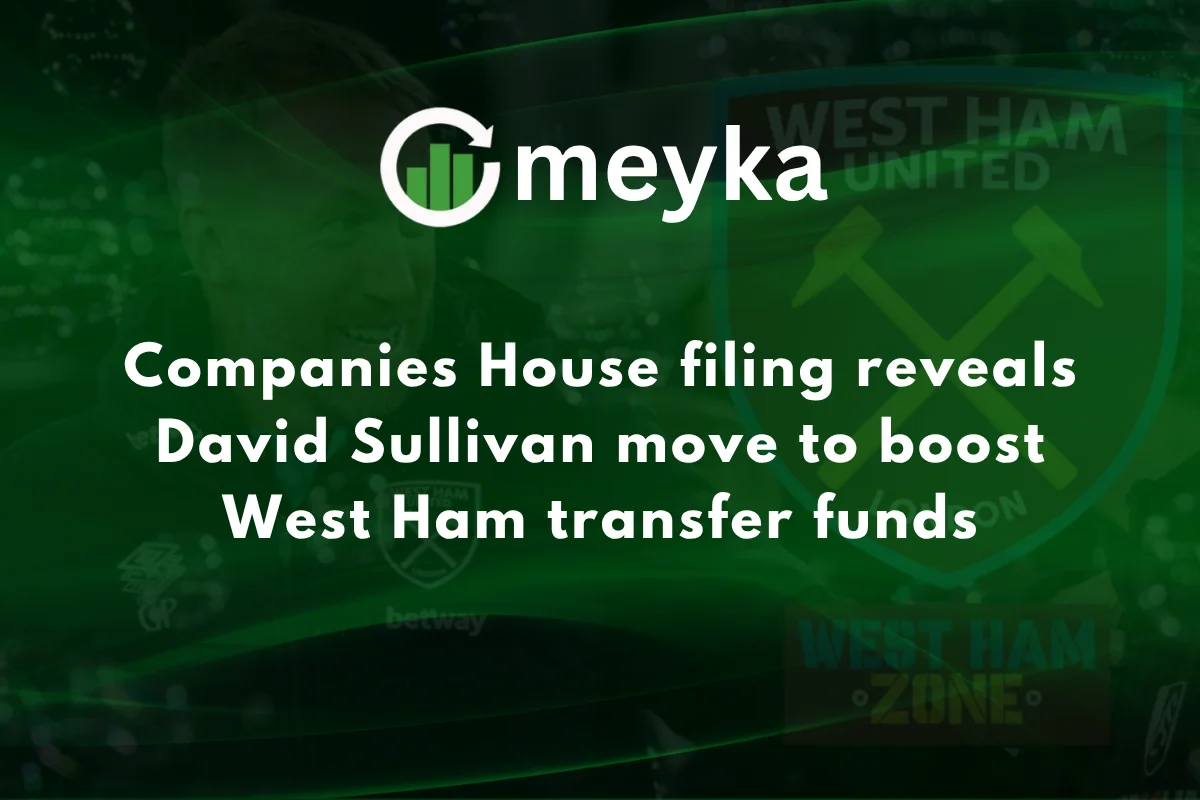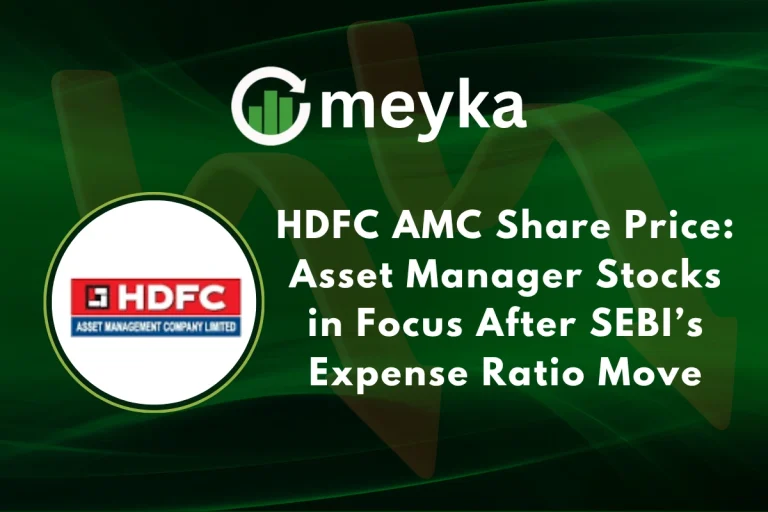Companies House Filing Reveals David Sullivan Move to Boost West Ham Transfer Funds
In a move that has reignited hope among fans, a fresh Companies House filing suggests that David Sullivan has taken deliberate measures to clear debts and boost West Ham transfer funds ahead of the January window. This development could materially shift the club’s financial flexibility, but it also comes with caveats in the context of Premier League spending rules.
Recent Companies House Documents Signal Debt Clearance
Late in October 2025, West Ham United filed four separate documents at Companies House indicating that it had settled four outstanding loan agreements with Barclays Bank. Three of these loans stem from agreements made in August 2023, while the fourth dates from July 2024.
These filings confirm that the club has formally discharged these liabilities, potentially freeing up capital that was previously earmarked for servicing debt. In effect, Sullivan is signaling that he is positioning the club to have more headroom for transfer spending in the next window.
What It Means for West Ham Transfer Funds
1. Enhanced Liquidity and Flexibility
By resolving these borrowings, West Ham’s balance sheet becomes less burdened. That means interest payments and principal repayments no longer soak up resources that could otherwise go toward the first team. Thus, a portion of what had been tied up could now flow into West Ham transfer funds.
2. Room Under PSR / FFP Constraints
West Ham, like all Premier League clubs, must comply with Profitability & Sustainability Rules (PSR). Losses over a three-year rolling period are capped (currently around £105 million). The club’s overall transfer strategy must operate within those guardrails.
Clearing loans helps reduce ongoing obligations and lowers non-player costs, which supports more leeway for investment in transfers, salaries, or compensation payments (for example, sacking a manager). That said, any new spending must not push the club into PSR breach territory.
3. Potential for Bold January Moves—With Caveats
With those debts cleared, West Ham may be more confident about making deals in January. Media outlets already link the club to players like Valentín Castellanos and others. However, the club will likely need to balance incoming signings with outgoing sales to remain compliant with PSR and avoid cash pressures.
Historical Financial Context & Transparency Concerns
Track Record of Losses and Transfers
A longstanding point of friction among fans has been the disparity between reported transfer spending and actual returns. Insider sources claim West Ham have posted £95 million in losses over the last four published seasons, while player trading and amortisation have cost £242 million in that same span.
This disparity underlines the importance of scrutinizing actual accounting filings over headline transfer fees.
Past Tax and Funding Controversies
Earlier scrutiny has also touched Sullivan’s financial maneuvers. In 2018, a court ruling found that he attempted to route funds through the club to evade paying around £700,000 in tax. Although not directly tied to this recent Companies House filing, it illustrates the complexity and opacity that sometimes surround how West Ham is funded.
Risks & Constraints That Still Apply
PSR Pressure and “Sell to Buy” Necessity
Even with debt removed, West Ham may find themselves forced to sell players before buying new ones. The club has already absorbed compensation costs for dismissing managers like Julen Lopetegui and Graham Potter. Those payments count against the PSR ceiling, squeezing funds for transfer fees.
Cash Flow versus Accounting Profit
Clearing debt is one thing; having liquid cash available for signings is another. Some critics argue that, though the figures look healthier on paper, actual cash flow remains constrained, and Sullivan may not be eager to inject fresh funds from personal wealth.
Market Competition and Valuation Realities
Regardless of budget shifts, competition for talent in January is fierce. West Ham must negotiate wisely, ensuring that valuations, wages, and contract terms remain sustainable. The freed funds help, but they don’t guarantee marquee signings.
What to Watch Going Forward
- Next set of accounts: The coming financial disclosures will confirm whether this debt cancellation yields stronger operational results.
- Transfer window activity: Will West Ham make bold signings or adopt a cautious approach?
- Player sales: Look for which squad members might depart to make room under PSR.
- Board commentary and transparency: Official statements from Sullivan, Kretinsky, or the board will be key in interpreting the intent behind these filings.
Conclusion
The revelation via Companies House that David Sullivan has cleared multiple loans signals a serious attempt to boost West Ham transfer funds ahead of a critical window. While this move enhances structural flexibility and alleviates financial constraints, the club must still navigate PSR limitations, cash flow challenges, and competitive pressures. The potential is there, but execution and prudence will determine whether West Ham can capitalize on this opportunity to secure meaningful reinforcements.
FAQs
No. It improves financial flexibility, but any spending still needs to comply with PSR limits and cash flow realities. The club may still need to balance purchases with sales.
Profitability & Sustainability Rules (PSR) cap allowable losses over rolling three seasons (≈ £105 million). Clubs must keep overall spending, including wages, transfers, and managerial compensation, within those limits or face sanctions.
Yes. In 2018, he was found by a court to have used a scheme via the club to reduce tax liability by around £700,000. ESPN.com
Disclaimer:
This content is made for learning only. It is not meant to give financial advice. Always check the facts yourself. Financial decisions need detailed research.






